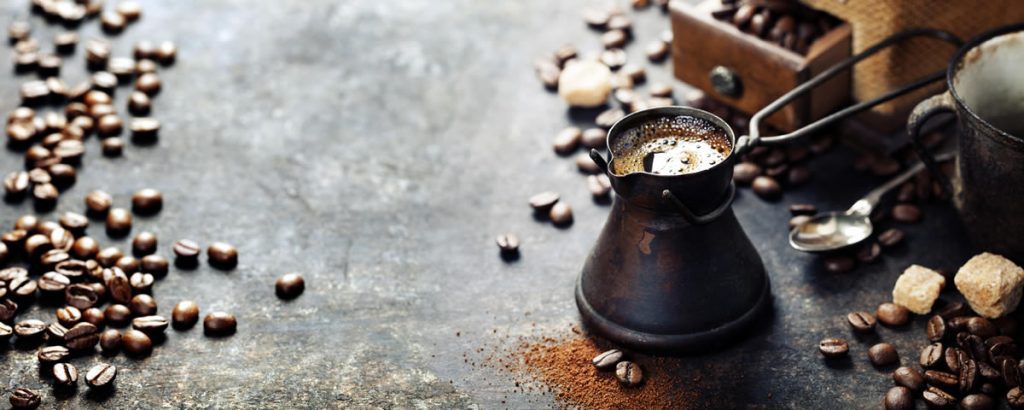Coffee is a drink that has been around for a long time, since about 850 A.D or so, actually. Starting from humble beginnings, coffee has throughout the years has become a commodity that touches base with oil.
The first documented case of coffee consumption comes from the goat herder, Kaldi, in 850 A.D in what is present day Ethiopia. Kaldi noticed his goats started to act strangely energetic after eating berries from a certain shrub.
So he did what any logically thinking person would do, and decided to eat a few himself. He discovered that the berries made himself feel quite erratic as well.
Eventually, a monk from a local monastery wandered though Kaldi’s goat farm, and took some of the berries for himself. After he returned to the monastery, the monk dried them, crushed them into a powder, and mixed it with boiling water. This is one of the first documented cases of coffee consumption. The drink was touted as a gift from the gods, as it helped the monks stay awake during long sessions of prayer.
From there, coffee slowly started to spread with religions and traders, making its way across the land into different nations, and even caused some issues. The Netherlands and France held a monopoly on coffee production until around 1730, when unprocessed beans were smuggled out of the nation by Brazil. In present times, Brazil is one of the world’s largest coffee producing nations.

Ever since coffee was established across the globe, many improvements and innovations have been made to its production and how it is brewed.
Currently, in 2016, we are still experiencing the boom of what people have dubbed the “third wave” of coffee. Pretty much everything before the 1900s is dubbed as the first wave, and any time period practically up to the early domination of Starbucks is seen as the second wave.
Distinguishing the first from second waves is one of the most crucial elements in coffee transportation: vacuum packaging.
This invention allowed coffee to be sold inside of stores, instead of just small boutiques, as it could sit on the shelf longer and stay fresh, lead to less waste, and allowed for more money to flow into the industry. Vacuum packaging is still used today, mainly in supermarket quality coffee, but still prominent nonetheless.
Today, people know more than ever about the coffee they are buying, including tasting notes, which region it was grown in, and in some cases, the specific farm it came from. Coffee brewing championship competitions are hosted every year, and people are putting endless amounts of time into perfecting the craft of coffee brewing.
